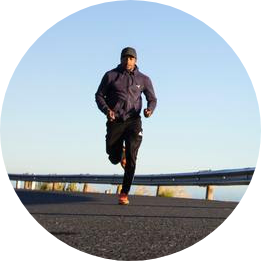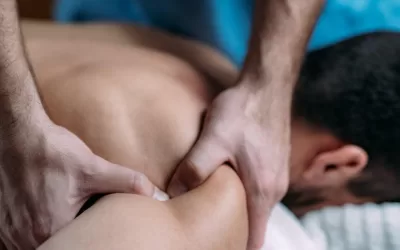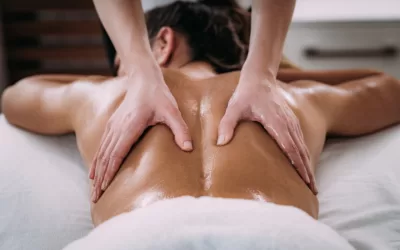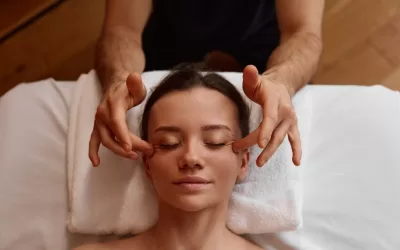Structural Integration is a form of bodywork that has been practiced for more than 50 years. Structural Integration was developed by Dr. Ida P. Rolf, who believed that the human body should be considered as an integrated whole and not just individual parts. The goal of Structural Integration is to balance, align, and realign your entire structure to provide relief from pain and dysfunction related to postural problems or injuries sustained during daily activities such as sitting at a desk or driving long distances. This article will cover all the basics you need to know about rolfing.
The Theory Behind Structural Integration
Structural Integration is a series of hands-on manipulation sessions that focus on specific areas of the body. Each session focuses on one part and only uses ten to twelve moves, depending on what area needs attention. Rolfers use these moves during deep tissue massages for both therapeutic and rehabilitative purposes. This type of massage was developed by Ida P. Rolf to better connect with her students at Columbia University as well as those who came from outlying rural areas where she taught. Her main goal was to develop an approach that would be accessible even if you couldn’t afford specialized training or equipment so many people have benefited since its inception due to this unique philosophy which promotes working with the body itself to align it.
The Benefits Of Structural Integration
Rolfers work by using their hands, thumbs, and forearms in deep tissue massages that focus on specific areas which need attention. Many people who come for this type of massage are experiencing physical pain due to injuries or chronic discomfort but others choose rolfing because they want help reaching personal goals like improving posture or increasing flexibility. A therapist will always provide an evaluation before beginning any sessions so you know what’s happening at each step along the way while also making sure your comfort level is high since anything beyond tolerable pressure is not recommended during these types of sessions. The goal isn’t just achieving a greater range of motion but also improving muscle tone and connective tissue health which some people find is a more effective way of achieving personal goals.
How Does Structural Integration Work?
Structural Integration works by manipulating the connective tissue to bring about permanent changes in how we hold and move our bodies. By changing this fascia, it loosens the restrictions that keep us from moving freely. The goal of rolfing is not weight loss or muscle gain; instead, you will develop a better relationship with your body through improved movement and flexibility. While there are some superficial similarities between rolfing and massage, they differ greatly in both technique and intent. Both treatments involve skin manipulation, but unlike typical Swedish-style massage where pressure is applied within certain parameters for pre-established periods, rolfers use sustained while working deeper into the muscles themselves. This is not a typical massage.
Rolfers might work one or both sides of the body at once, and they generally move in toward the spine while rolfing rather than working from side to side as you would see with traditional massage therapy. Rolfers may also use their forearms to apply pressure evenly across larger areas such as your back or legs. You must be lying down on a table for treatment because this technique requires full contact between practitioner and client so that nothing interferes with effective manipulation of connective tissue (such as clothing). During rolfing sessions, clients typically wear shorts without underwear or other restrictive undergarments, if necessary, loose-fitting garments can be worn over top it’s best to avoid tight-fitting clothes during a session because they can make it more difficult for the Rolfer to work effectively
The Ten Series
Structural Integration is a type of massage that focuses on deep tissue work. The practitioner will spend ten sessions doing different regions in your body and maintaining a holistic view of their client’s entire system, which can include everything from muscles. A new type of bodywork is being offered that will allow the therapist to target specific muscles and joints for them to work together more efficiently. The Ten Series includes three stages:
Sleeve Sessions – Stages 1 to 3 focus on loosening surface layers.
Core Sessions – Stages 4 to 7, they try between pelvis area at bottom-up through head starting from inner leg endings.
Integration – Stages 8 to 10, where therapists tie previous parts together encouraging smooth movement while targeting problem spots.
If you’ve been curious about what Structural Integration is, the benefits it can provide and how a session works, then this post is for you. We hope to have answered all of your questions so that when the time comes to make an appointment with one of our experts. Give us a call today.
Are You an Athlete Experiencing Pain But Don’t Know Where to Turn for Help?
MedicinEvolution Bodywork Beyond Massage’s Beyond Ergonomics gives athletes and desk professionals solutions to their pain problems. Body imbalances, repetitive use, and lack of movement are the cause of many injuries and pain. Beyond Ergonomics helps you discover your imbalances and create change. MedicinEvolution’s purpose is to reduce pain and other symptoms that you haven’t had luck with. MedicinEvolution Bodywork Beyond Massage is the solution for many problems plaguing your body. Make your appointment today!





